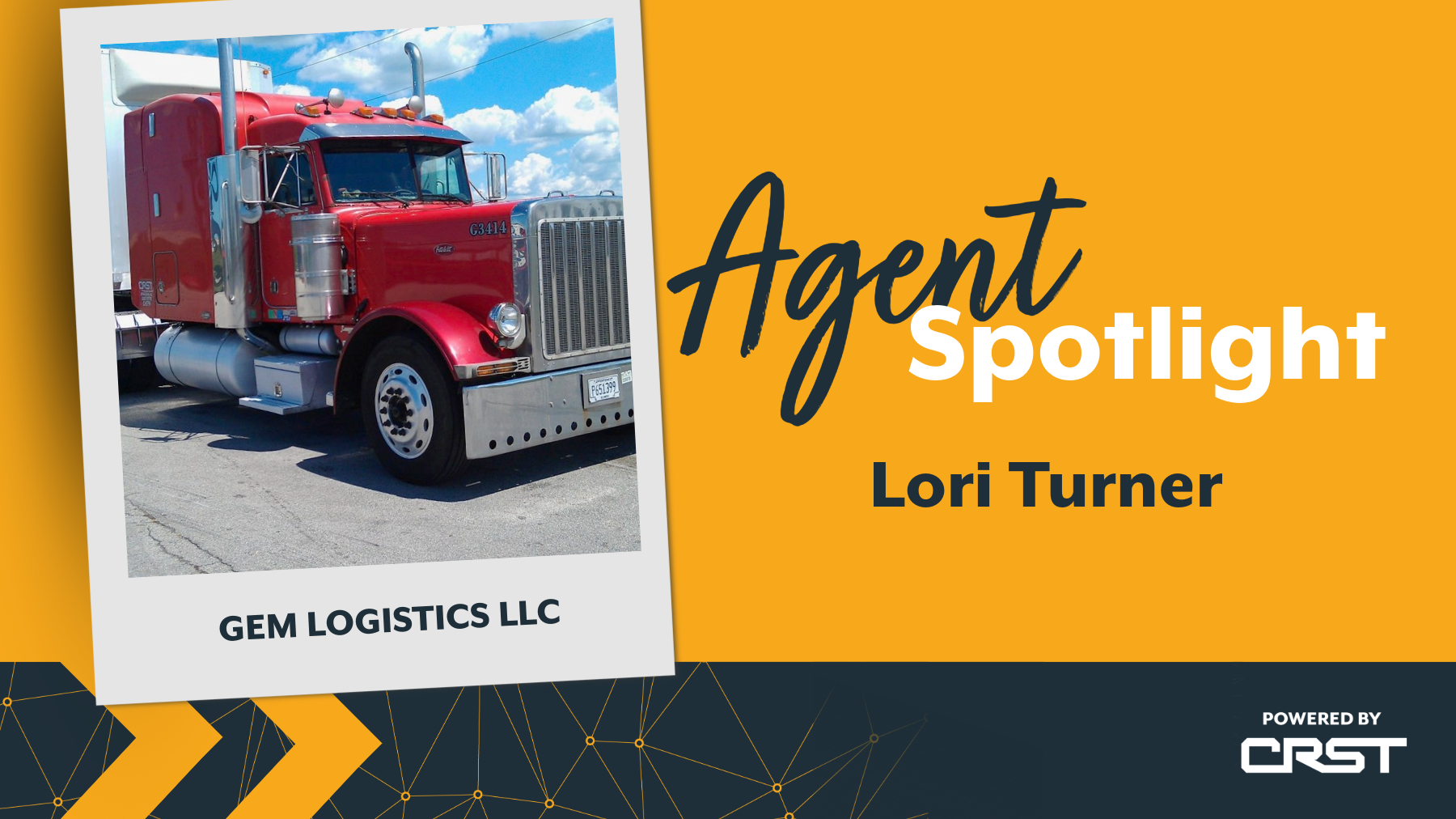Speed and space management are critical competencies for an over-the-road driver. Knowing how to adjust for changes in road conditions and visibility from snow, ice, rain, fog, or even the low visibility that night driving brings is an important skill to have. This month, we’re going to dive into all that Speed and Space management has to offer as we embrace continuing education and the idea that we can always learn something new or that it never hurts to refresh your knowledge.
Below, we’ll examine three principles that most industry experts agree are core speed and space management competencies.
Stopping distance:
Aside from the obvious statement that snow, ice and rain can cause skidding. How long it takes you to stop a CMV can vary depending on road conditions, the weight of the cargo, the condition of the tires, and regular maintenance of the brakes. Keep these three things in mind when factoring in stopping distance:
- Do you have good tread depth? DOT minimum is 4/32 on steer tires and 2/32 on all others.
- Are your brakes in good working condition? Completing a brake test as a part of your pre-trip inspection is an excellent way to have peace of mind when you know you need to slow down.
- Are you carrying cargo? The brakes on commercial vehicles work best when the vehicle is fully loaded. Therefore, if you are not hauling any cargo, increase your stopping distance to account for the extra travel when applying the brakes.
Making safe lane changes comes down to seeing and being seen.
You may think that a 73ft long vehicle is easy to see, but I’m sure your experience on the road tells you better. When you need to change lanes, make sure that you are doing the following:
- Signal before you begin your lane change to let other vehicles around you know you will change lanes.
- Check your mirrors more than once, and don’t be afraid to lean and look. You have blind spots all around your tractor and trailer. One of the worst is the space directly outside the passenger side window. If needed, lean forward and look to get a better view of that blind spot before merging.
Vehicle spacing and looking further ahead
Most drivers look 3-6 seconds in front of them, at 55mph or 80ft per second, anywhere from 240-480ft. That doesn’t leave much room for error, and for a truck driver, it can take 3-5 times as long to stop your tractor and trailer. Here are some good ways to make sure you can stop in time:
- Look 12-15 seconds ahead of you. This allows you to adjust to changing road conditions before you get to them.
- Avoid tailgating. It can take an alert driver up to 1.5 seconds to perceive a hazard ahead and an additional second to react. At 55mph, that’s 200ft before you even begin braking.
- Adjust your speed to changes in visibility. If you can’t see 12-15 seconds ahead of you, then you need to slow down to make sure you can stop within the distance you can see.
If at any time your alertness is impaired, like being ill or tired, or you find that you have to drive below the minimum speed limit to safely stop within the distance that you can see. You should find a safe location to stop rather than continue driving. Fatigue can impair your ability to react promptly and driving lower than the minimum speed limit means you become a hazard on the road. Check out the Top 5 Winter Driving Tips for Over-the-Road Drivers or this Driving Safe blog for additional tips.





